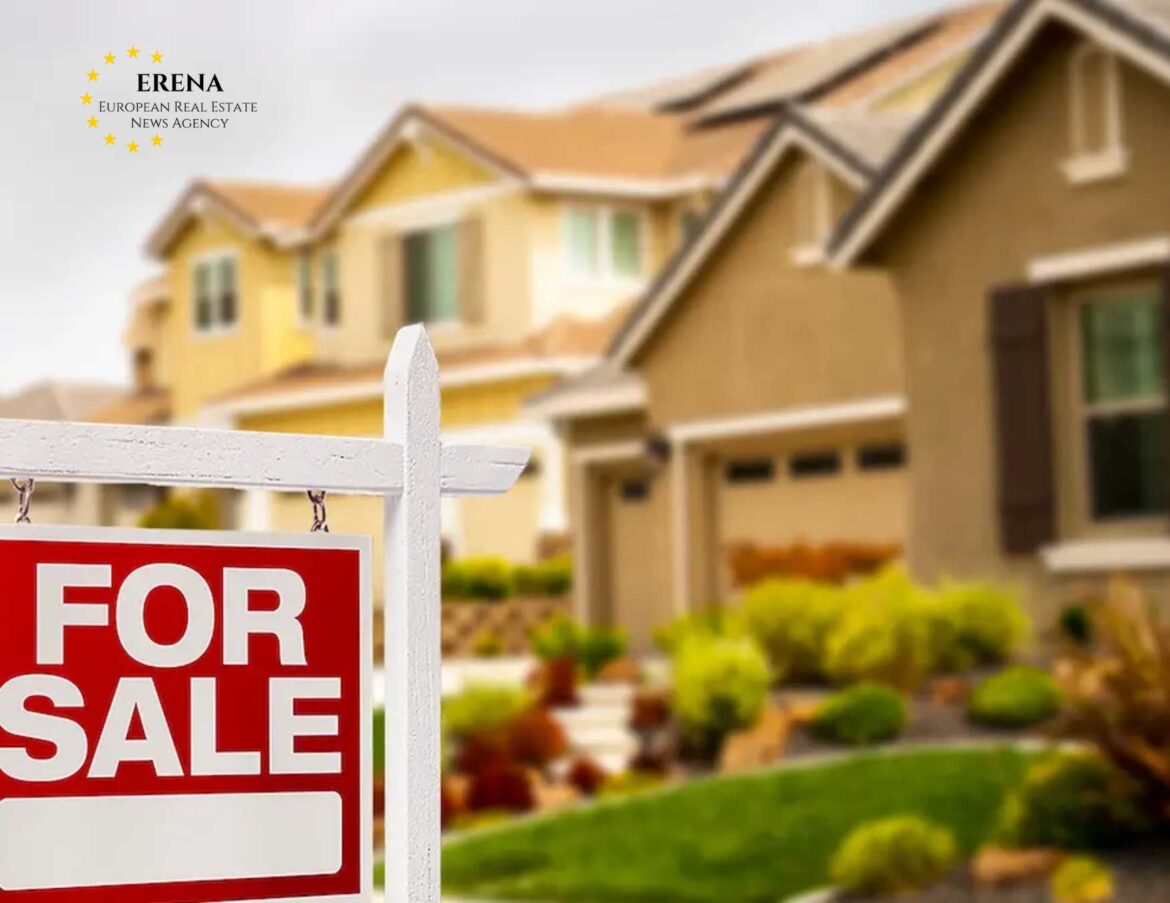In 2025, individual homebuilding remains a strong trend across Europe and beyond. As prices for ready-built properties continue to rise and environmental as well as energy efficiency requirements become more stringent, more people are choosing to build their homes from scratch. However, purchasing land is not just the first step in the process — it’s also one of the most crucial. The plot you choose will define both the comfort of your future life and the total cost of the project. This article outlines key criteria for selecting land, current prices in various regions, and common pitfalls to avoid.
Location: the Top Priority
Location remains the most important factor when choosing a plot for residential development. It influences everyday convenience and long-term investment value. In 2025, the most in-demand plots are:
- within 30–40 km of major cities;
- near well-developed transport and social infrastructure;
- close to nature (forests, rivers, lakes) but not isolated;
- in towns with good environmental conditions and development potential.
Particularly active is the market for plots designated for private housing (IHS) in countries like Poland, Romania, Latvia, Ukraine, and parts of Southern Europe.
Land Prices: 2025 Overview
The cost of land in 2025 varies widely depending on location, available utilities, land use designation, topography, and legal status. Below is an average price range in euros per 100 m² (one “sotka”):
| Country | Suburbs of Major Cities | Rural/Regional Areas |
|---|---|---|
| Germany | €8,000 – €15,000 | €3,000 – €7,000 |
| France | €7,000 – €12,000 | €2,000 – €6,000 |
| Italy | €6,000 – €10,000 | €1,500 – €5,000 |
| Poland | €4,000 – €8,000 | €1,000 – €3,500 |
| Latvia | €2,000 – €5,000 | €500 – €2,000 |
| Ukraine | €1,000 – €3,000 | €300 – €1,000 |
| Spain (Costa Brava) | €6,000 – €11,000 | €2,500 – €5,500 |
Note that even within the same country, land prices can differ drastically — a plot near Paris will cost significantly more than a similar one near Lyon or Nancy.
Utilities and Infrastructure
The presence of utilities significantly affects land value and construction feasibility:
- Electricity – If already available on the plot border, it’s often included in the price. Otherwise, connection costs range from €2,000 to €10,000.
- Water and sewerage – Centralized systems are not always available. Installing a well and septic system can cost €5,000–€12,000.
- Gas – Especially important in colder regions. Gas connections may cost up to €8,000.
- Internet – Fiber-optic access is becoming more common even in suburban areas.
When choosing a plot, always check not just whether connections are technically possible but also the cost and legal process required for each utility.
Land Use and Legal Clarity
Most European countries categorize land as agricultural, residential, industrial, or recreational. Building a home is only legally permitted on residential land. In 2025, stricter regulations in many countries limit the reclassification of agricultural land to residential use.
Legal due diligence should include:
- verification of ownership;
- checking for encumbrances or liens;
- matching cadastral data with the actual plot;
- ensuring the land fits within a municipal development plan;
- confirming a building permit can be obtained.
It’s advisable to hire legal experts and land surveyors for comprehensive risk assessment.
Preparing the Plot for Construction
Buying land is only the beginning. Preparing the site for construction can add substantial costs:
- Topographic and geological surveys – €500 to €2,000;
- Access road and driveway installation – starting at €1,000;
- Land leveling and soil removal – from €3 per m²;
- Plot fencing – €20 to €80 per linear meter depending on materials.
Complex terrain and lack of access can significantly increase total project costs.
Popular Areas and Market Trends
Key trends observed in 2025 include:
- Shift to suburban zones – Areas 30–50 km from large cities are increasingly attractive due to improved transport and the growth of remote work.
- Eco-living preferences – Buyers prioritize plots in areas with clean air and low industrial impact.
- Demand for mixed-use plots – Properties suitable for seasonal use with eventual permanent housing approval are gaining popularity.
- Integrated developments – Developers are offering plots with pre-installed utilities, internal roads, and even architectural plans.
How to Avoid Overpaying: Practical Tips
To avoid unnecessary expenses when buying land in 2025, consider the following:
- Compare prices with similar plots nearby;
- Verify the legal status of the land;
- Confirm technical conditions for utility connections;
- Always visit the land before purchase;
- Include connection, site prep, and legal costs in your budget.
Conclusion
Choosing land to build a home in 2025 requires a strategic approach and careful evaluation of both financial and legal aspects. A smart land purchase not only sets the foundation for a comfortable lifestyle but also helps you stay within budget and timeline. Key factors such as location, land designation, infrastructure, and development prospects determine both the feasibility and profitability of your future home project.

